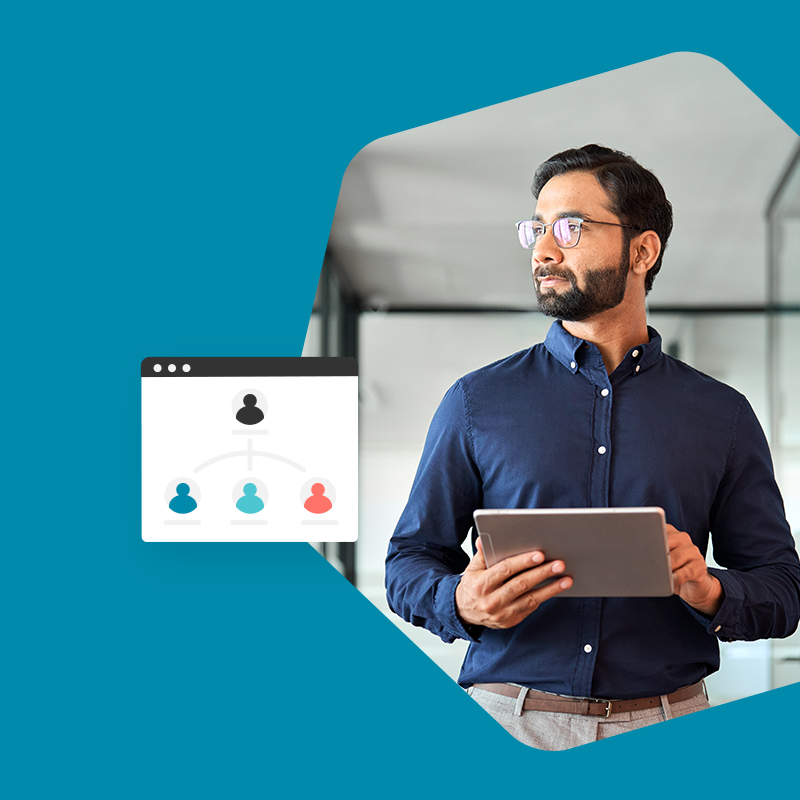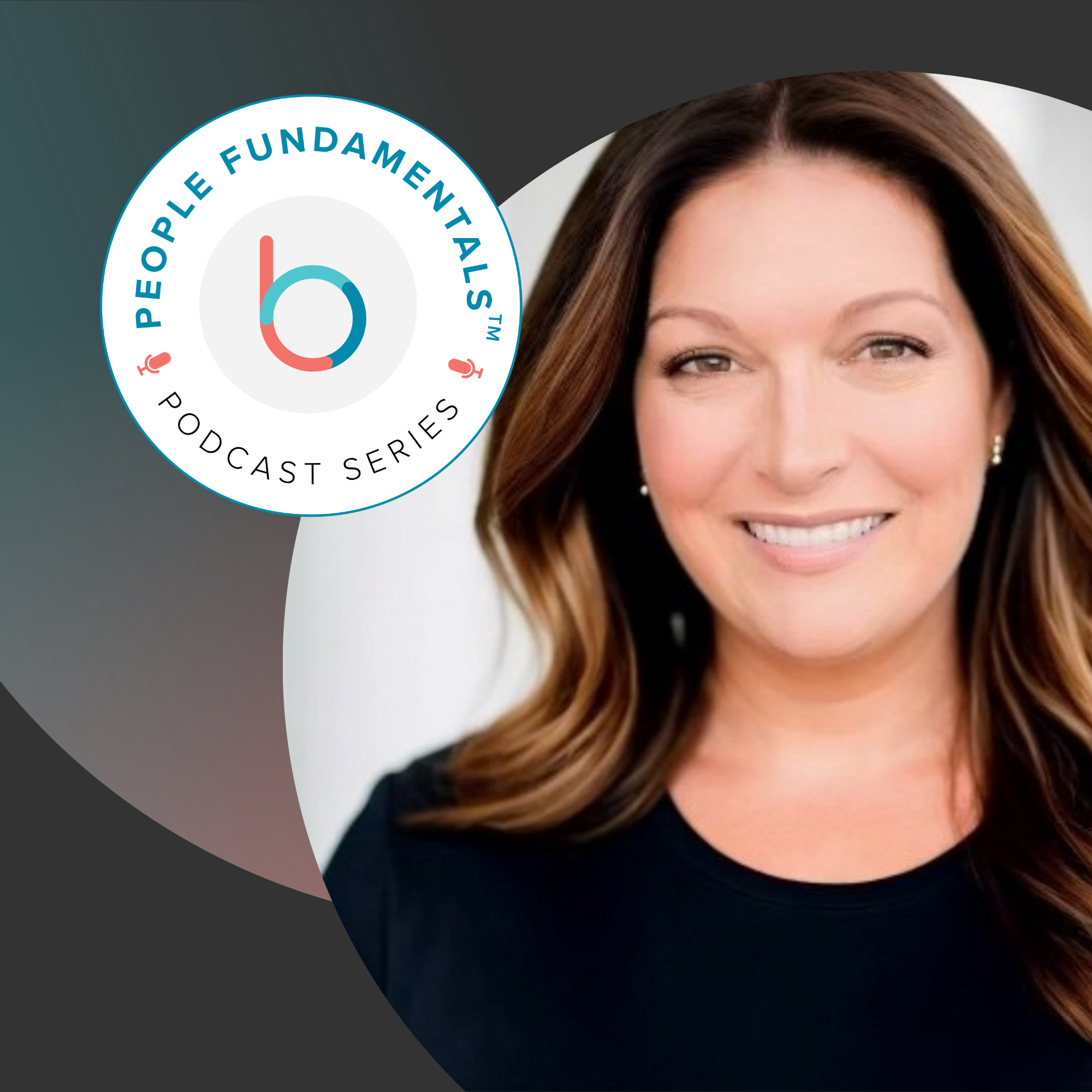Choosing the right employee engagement software is a critical step in any effective engagement strategy. However, a somewhat confusing marketplace clouds what should otherwise be a straightforward decision for Human Resources. Between different features, functions, and focal points, there isn’t a lot of consistency between the many engagement software vendors and solutions currently on the market.
We’re going to streamline the decision-making process for your HR leaders by answering some key questions on employee engagement software, including:
- What is employee engagement software?
- Why should companies invest in it?
- Which features should HR look for?
- Who are the top employee engagement software vendors?
As you’ll see, there isn’t a one-size-fits-all solution when it comes to software for measuring employee engagement. A particular software platform or group of employee engagement tools that work well for one company might not be a good fit for another. But give us a few minutes and we’ll help you choose the right engagement software for your organization’s needs and goals.
What Is Engagement Software?
One of the biggest problems that HR professionals run into when researching employee engagement software is the variety of tools labeling themselves “engagement software.” While feedback software is the cornerstone of any engagement strategy, specialized tools focusing on things like talent management and employee recognition can also fall under the employee engagement banner.
So although it might sound like semantics, there is a difference between a dedicated employee engagement platform and other tools that fit in with an overall strategy. By definition, employee engagement software allows an organization to measure, analyze, and improve engagement levels among its people.
But we’re not going to belabor that point too much. Whether you use a single comprehensive solution or a group of tools, it’s how your approach drives improved engagement across your organization that matters most. Afterall, companies with a highly engaged workforce realize, on average, 21% greater profitability than those with low engagement.

But as you look at the different solutions and providers in the market, be sure to keep efficiency and workload in mind as well. Using a variety of tools from several vendors could significantly increase HR’s already heavy workload if those tools don’t sync well with each other. Your engagement software – and, therefore, your engagement strategy – should be manageable and as efficient as possible. A cumbersome solution or set of tools only make an engagement initiative a chore for HR and managers rather than a constant source for improvement and growth.
Why Should Companies Invest in Employee Engagement Software?
Just like any investment within your organization, the benefits of employee engagement software ultimately come down to a value proposition. Seeking buy-in from your C-suite and stakeholders is an opportunity to highlight the value that engaged employees create for your organization. All of the following benefits drive ROI in such an investment, helping address any doubt over the financial viability of employee engagement software:
- Greater productivity – Engaged employees are 17% more productive
- Lower turnover/higher retention rates
- Lower labor costs – disengaged employees increase costs by 34% of their salary
- Improved company culture
- A more satisfying employee experience
- A stronger employer brand
- Better recruiting/talent acquisition
Our suggestion is to concentrate on the dollars-and-cents of the investment rather than the softer benefits. For instance, when discussing improved workplace culture from higher engagement levels, present it from a bigger, financial-based perspective. Engagement software lets you quantify the overall health of your company’s culture and issues limiting engagement.
From there, you develop action plans to address any areas of need, gauging your success and refining your approach as you go. Therefore, engagement software allows you to continually improve your culture and all of the critical metrics associated with it. The results are greater productivity and cost savings, lower absenteeism – 41% lower in highly engaged employees – and a more satisfying culture.
Simply put, employee engagement software gives you a constant pulse on your people, letting you improve your culture and every stage of the employee experience, from onboarding to exiting. A stronger culture drives better performance across every business segment, revealing the true value of an investment in engagement software.
What Features Should HR Look For in Employee Engagement Software?
A little bit of insight goes a long way when it’s time to roll-up your sleeves and research employee engagement solutions for your organization. To save you some time, we’ve identified the most critical features you should look for in engagement software.
Employee Feedback
Feedback is the foundation of your engagement strategy. Using software that offers both employee surveys and polls is essential to generate a broad overview of engagement levels & workforce trends, as well as more nuanced actionable insights. Feedback software that uses natural language processing and machine learning also lets you quickly and accurately interpret responses to open-ended questions for even deeper insights.
For example, you could start with a company-wide, longer-form employee engagement survey that includes a few open-ended questions to establish a baseline to work from. Once you analyze the results, you could then follow-up with pulse surveys and polls to drill further down into any issues. Using feedback software that automates this entire process, from distributing the surveys to interpreting the results, lets you uncover real-time insights without overwhelming your HR department with additional work.
Workplace Measurement
As we’ve written in the past, even the most precise, insightful survey questions won’t do you much good if you can’t transform them into quantifiable data. Another critical feature in your employee engagement software is the ability to quantify engagement levels within your organization.
Before engagement software hit its stride, companies had to rely on outside consulting firms to measure and analyze engagement drivers and levels within a company. However, thanks to the different software and solutions now in the marketplace, HR can continually measure engagement and its related KPIs like Employer Net Promoter Score (eNPS) entirely on its own. Once again, depending on the solution, certain software providers can automate the entire process, from survey delivery to measuring and categorizing the results.
Recognition & Rewards
Most of the software providers focusing on these features combine them into a single solution. Further, many now use gamification to amplify the effects of a recognition and reward system on employee engagement. Competition and fun are natural engagement drivers and motivators, so software that can leverage those traits can add obvious benefits to your engagement strategy through features like:
- Friendly games & competition between different business segments
- Ranking & result announcements through a public Slack channel
- An allotment of rewards to managers for use within their team members
- Peer-to-peer recognition & rewards for coworkers
Like the previous features, recognition and reward software can automate these different features and functions for HR and managers. With 65% of people stating they’ve received no recognition for good work in the last year, this type of engagement software is obviously important to driving a more positive work environment.
Performance Management
Performance management software lets you establish goals for both individual employees and teams. These could be preset SMART goals or customized to your specific needs. It can also automatically track progress towards those goals, including performance review cycles that you can set according to your preferred cadence.
This type of engagement software makes something like continuous performance management both efficient and convenient for your managers. Instead of manually tracking – or not tracking at all – frequent one-on-ones or check-ins with individual employees, a performance management solution monitors progress and refines employee performance goals as needed. How important will this continuous management model be to your company’s future? 63% of Gen Z employees want constructive, ongoing feedback from their boss throughout the year.
Employee Communication
As handy as email can still be for particular needs, it doesn’t always lend itself to efficient communication. This is especially true when an employer needs to customize its internal communication for different individuals, teams, or business groups. And since organizations with open communication channels – especially vertical ones – tend to have higher engagement levels, newer generations of employee communication software have become crucial to engagement strategies.
These solutions make communication more seamless and convenient, integrating into the flow of work for maximum efficiency. They let you communicate with employees through multiple channels, including mobile apps, desktop solutions, SMS, or virtually any combination of channels that suit your company’s workforce best. More than just messaging, however, some also integrate bulletin board features and HR portals that can handle a variety of tasks, including:
- PTO requests
- Expense reports
- Questions about benefits
- Training modules
- Company handbooks & employee guides
- Policies and procedures
The point is, modern employee communication solutions provide greater efficiency for both HR and employees while also improving engagement. They can streamline and consolidate communication through a single piece of software rather than an outdated approach that requires several different solutions.
Workplace Well-Being & Wellness
This is another area of engagement software that uses gamification to intensify its results. Many solutions can now integrate with pedometers so, if they choose to, employees can compete with their coworkers for step count competitions and other fitness-related challenges. Employers can also offer rewards through the software, even partner with outside companies for local gym members, discounts on fitness equipment, or other perks.
57% of millennials say work-life balance and well-being are very important to them. Well-being & wellness software helps employers create and maintain programs that promote that balance and, thus, improve engagement. Happier, more satisfied employees are also more engaged with their work, coworkers, and organization.

Further, some software solutions also offer community activism and volunteering opportunities, physical and mental health information and tutorials, and general guidance on improved health. From the employer’s perspective, these solutions add value to the organization by improving engagement as well as overall employee health. Naturally, a healthier and more satisfied workforce has less absenteeism and turnover.
Employee Learning & Development
Engagement software specializing in employee learning and development often builds on features from more traditional learning management systems (LMS). While they still centralize the different training modules and materials, they take a more integrated approach that focuses on improving skills and career paths rather than just mandatory training sessions.
And that’s where learning and development software fits into a broader employee engagement strategy. Recent research found that a lack of development opportunities is the second biggest reason why employees leave for another company, trailing only compensation. Giving your people convenient ways to grow their skill sets and accomplish their goals – both personal and as part of their overall performance management – enhances employee satisfaction rates, which, in turn, drives engagement.
Who Are the Top Employee Engagement Software Vendors?
Now that we’ve examined the different features and functions to look for in engagement software, we also want to make some recommendations on vendors. Use this guidance as a starting point for your due diligence, but don’t take it as gospel. Remember, every company is different, so what might work brilliantly for even similar companies isn’t necessarily a sure thing for you.
Employee Feedback & Workforce Measurement – Betterworks Engage
Between longer-form surveys, pulse surveys & polls, integrated & academically-backed survey questions, and recommended action steps, Betterworks Engage is an automated solution that combines real-time feedback with high-level insights as well as granular data points.
The advanced analytics let you segment the data from the survey tool into business and demographics groups for even deeper insights. All of that categorized data automatically populates intuitive reports that HR leaders and managers can quickly interpret and use for action planning.

Recognition & Rewards – Bonusly
Bonusly is a platform that focuses on peer-to-peer recognition. It integrates with the more popular communication platforms like Slack as well as intranets. Employees recognize their coworkers through a public feed with small bonuses that your people can redeem for gift cards or customized rewards like lunch with the CEO.
Performance Management – Betterworks
Betterworks’ continuous performance management solution combines an intuitive interface with powerful tools that lets managers do what they’re best at – managing and coaching their people. Goal tracking is transparent and efficient so everyone remains focused and on track, also enabling 360 degree feedback when used for manager reviews. Also, the conversation templates give managers plenty of ideas for their one-on-ones with employees.
Employee Communication – Beekeeper
Beekeeper promotes better communication and collaboration with a platform that creates real-time, two-way communication between individuals and groups. It also integrates with many of the more popular digital workforce solutions, creating a seamless experience that’s efficient and convenient.
Workplace Well-Being & Wellness – Blueboard
Blueboard’s Wellbeing Incentives software uses experiential incentives to promote healthy activity and overall well-being across your employee base. With gamification features as well as real-time data and insights, Blueboard uses a novel approach to workplace well-being & wellness. Also, their concierge service and reward gateway mean your HR won’t be burdened with reward planning, only tracking the impact on your employee engagement levels.
Employee Learning & Development – ConnectMe
We’re expanding from the typical LMS in this case and concentrating on a new breed of engagement and HR software in USA – employee experience (EX) software. ConnectMe from Deloitte is an employee-HR portal that incorporates training, communication, and various HR tasks and transactions into a centralized, cloud-based location. It fits into the HR digital transformation best practices and insights from Deloitte’s Josh Bersin, a renowned thought leader in the space.
Once again, we provide these suggestions as a starting point for your research into employee engagement software. Look at your organization and identify your particular needs, find the software tools that check the most boxes for you, and start assembling an engagement strategy that drives your organization toward a more engaged and successful future.






